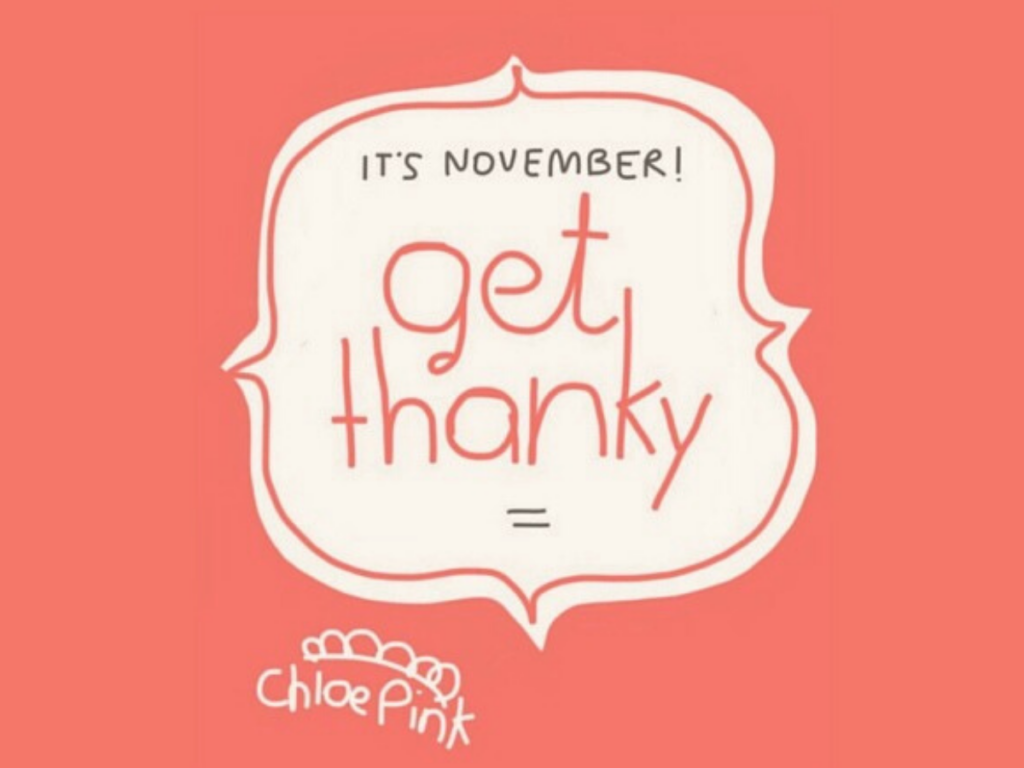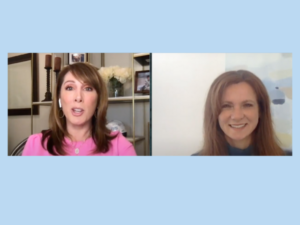Does your organization suffer from “gratitude deficit disorder?”
Quoting Department of Labor statistics, organizational psychologist Lea Waters says more than half the U.S. population suffers from GDD, gratitude deficit disorder: a feeling of being undervalued and unappreciated at work.
“I don’t think GDD is a problem with the individual mindset of people who come to work” says Waters. “I don’t think that we wake up each morning and think ‘I’m going to work and I’m going to be ungrateful.’”
It falls on all of us as leaders to contribute to a workplace culture that facilitates, fosters, reinforces and rewards feelings and expressions of gratitude. And not only because it feels good.
Numerous studies have shown strong links between gratitude and:
• job performance
• job satisfaction
• wellbeing
• customer service
• engagement
• productivity
3 Ways to Overcome Gratitude Deficit Disorder
Here are three ways to nudge a team to overcome GDD, let others feel valued and recognized, and build a more resilient organization.
1. Generate Moments of Gratitude
Boost job satisfaction by regularly expressing appreciation and prompting others to focus on what they are grateful for. Lea Waters suggests creating a gratitude board (which can be real or virtual), providing people with thank you cards to send to their colleagues, or publicly expressing appreciation during regular staff meetings.
2. Amplify Appreciation
When you express your gratitude to an individual or group, you can set a bigger ripple effect in motion. Waters found that when one person expresses appreciation, it can become contagious. People reciprocate, and appreciation becomes amplified across an organization with the potential to positively influence job satisfaction of a much wider set.
So don’t just “catch people doing things right.” Catch people recognizing others, amplify their message—and watch gratitude go viral.
3. Praise Performance, Not Tenure
Research into employee recognition programs by Bersin by Deloitte found that companies with a “recognition-rich culture” enjoy benefits to the bottom-line of the business like high engagement, low turnover, and better customer service. Astonishingly though, only 17% of employees surveyed said that their organizations take full advantage of this. And Bersin also found that almost 90% of companies have recognition programs that reward tenure, not performance.
If your company lacks a formal recognition program, there are lots of simple, low-cost ways to build a culture of gratitude within your team. I don’t need to tell you what they are! Drop a note in the comments with your suggestions.
So don’t just give thanks at the Thanksgiving table. You can cancel a gratitude deficit by recognizing people year-round, and creating a team culture of gratitude. I can’t think of a more gratifying way to boost your team’s engagement, well-being and job satisfaction.
Illustration credit: Sharna Fulton Illustration
















